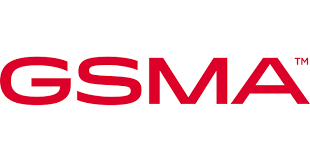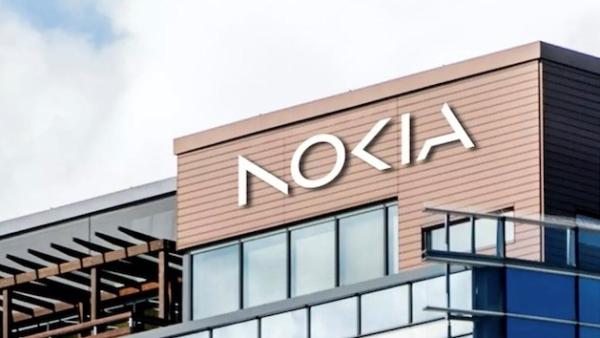Written by Mary Lennighan for Telecoms.com

Four major US mobile operators have agreed to a series of undertakings designed to address concerns over airline safety and to allow them to use their C-band spectrum to its full extent.
“These voluntary commitments will support full-power deployments across C-Band, and are crafted to minimize the operational impact on our C-Band operations,” reads the letter, signed by senior executives at AT&T, Verizon, T-Mobile US and UScellular.
US mobile operators have been at loggerheads with the airline industry for some time, the latter having strongly objected to the rollout of C-band spectrum for 5G services, fearing interference with the altimeters used by aircraft.
As the operators note in their letter, the FCC adopted licensing and technical rules to ensure the safe coexistence between C-band spectrum – that’s 3.7 GHz-3.98 GHz – and radio altimeters at 4.2 GHz-4.4 GHz; as the telcos put it, “more than 220 megahertz away.” The mobile industry has always insisted that the rules in place were sufficient, but nonetheless made several short-term moves to appease the Federal Aviation Administration. At the back end of 2021 AT&T and Verizon grudgingly offered to reduce power at 5G sites, particularly near airports and heliports, for six months, then later committed to deferring 5G rollout near airports altogether.
Last summer the pair agreed to delay 5G rollout using C-band spectrum around US airports for another year to give the airlines time to upgrade their altimeters.
This latest missive to the FCC essentially reinforces that glide path into the full usage of C-band spectrum.
Indeed, Reuters, which first alerted us to the FCC filing, shares a comment from Verizon that these latest commitments will allow it to fully use its C-band frequencies for 5G “by the previously agreed to deadline of July 1.”
It’s pretty clear that the telcos still believe these past couple of years of debate with the FAA and related parties were unnecessary though.
“Despite the sufficiency of the FCC rules, subsequent collaborative engagement across affected industries and with the FCC and Federal Aviation Administration has resulted in the development of the attached voluntary commitments relevant to this coexistence,” the operators said. For anyone interested in the technical specs of those voluntary commitments, the letter can be downloaded from the FCC’s website here.
Arguably the most important thing now is that the operators can get the most out of the C-band spectrum they paid so much for just over two years ago. Lest we forget, the final tally came in at US$81 billion, with an additional $15 billion on top in clearing costs – to shift the satellite players away from the band, that is. Verizon was famously the biggest spender by some margin, accounting for $53 billion at the auction itself.
Little wonder then that the operators are so keen to declare ‘case closed’ on the interference issue and to crack on with using that spectrum properly.
Click here to read the original article.









